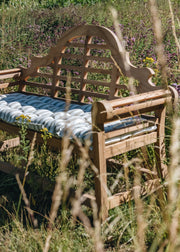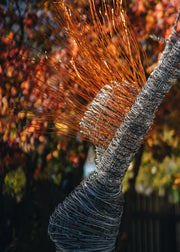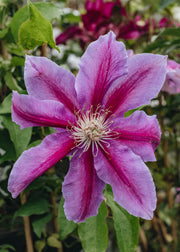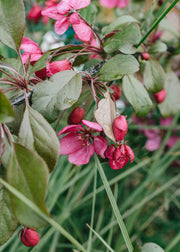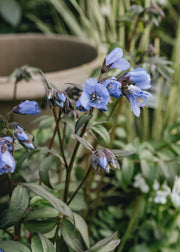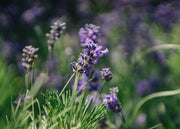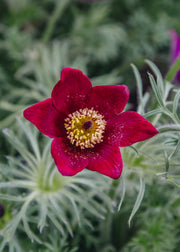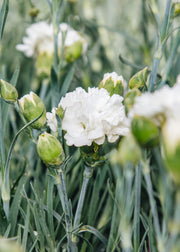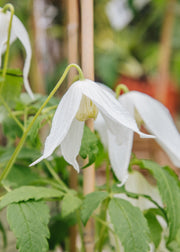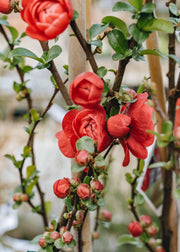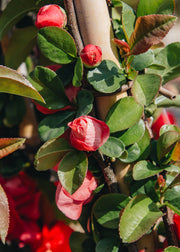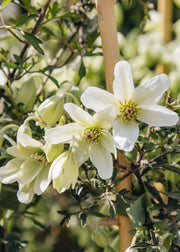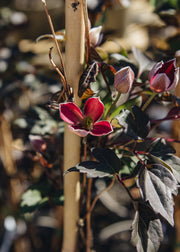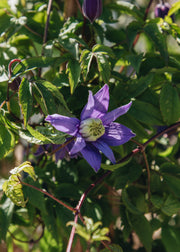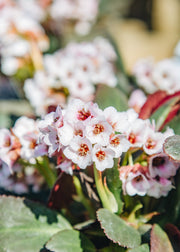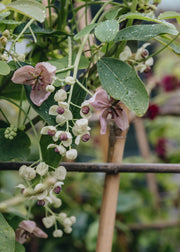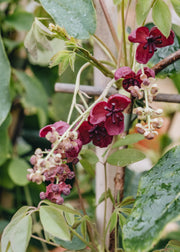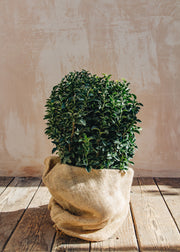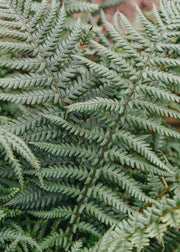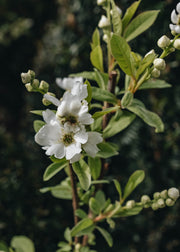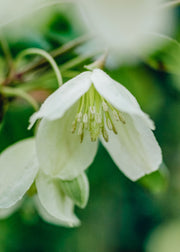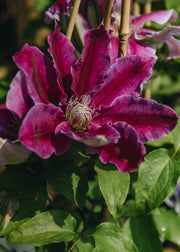Clematis Bees Jubilee, 3L
Although it may take some time to establish itself, this compact clematis is well worth the wait. Ideal for growing through a climbing rose or simply left to meander up a partially shady tree, this free flowering clematis boasts large, luscious blooms of pale mauve pink, accented with a bars of deep carmine.
Add additional options
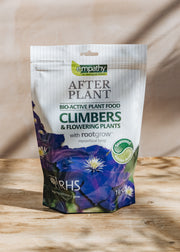
Dimensions
- 3L Pot
- Height and spread: 2.5m (8ft) x 1.5m (5ft) after 2 – 5 years
Features
Although it may take some time to establish itself, this compact clematis is well worth the wait. Ideal for growing through a climbing rose or simply left to meander up a partially shady tree, this free flowering clematis boasts large, luscious blooms of pale mauve pink, accented with a bars of deep carmine.
Clematis have their roots in the Far East. The first example, C. Viticella, arrived in Europe in the mid-16th century. Two centuries later, the Victorians bred numerous varieties and their popularity continues. The native climber is C. Vitalba, a familiar sight in autumn hedgerows, the fluffy seed heads explaining the traditional name: Old Man’s Beard.
Flowering early to mid-summer
- Well drained, fertile soil
- South facing, west facing, or east facing.
- Full sun, partial shade
- Exposed or sheltered
- Clematis likes cool roots, so position it so that the roots will be shaded from the sun by another plant.
- Consider the space it will need to climb and provide a suitably large structure with wires.
- Group 2 for pruning






